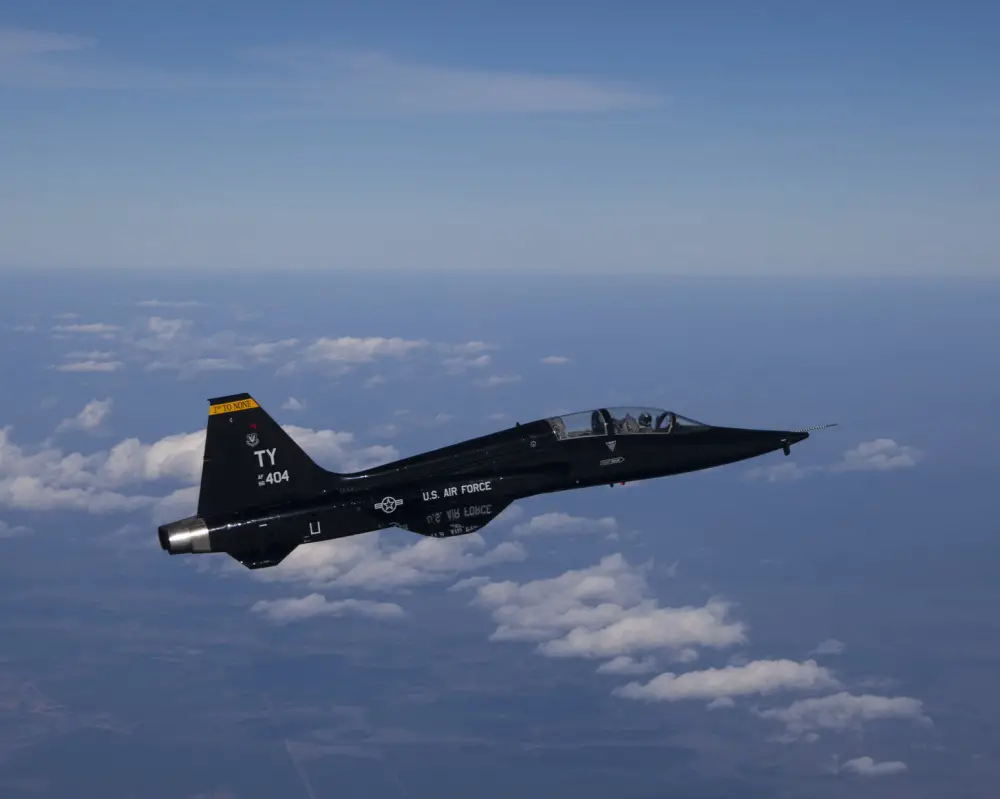Martin Baker, Uxbridge, United Kingdom, has been awarded a maximum $150,000,000 five-year, indefinite-delivery/indefinite-quantity contract for T-6 and T-38 Sustainment. This contract provides for T-6 and T-38 replenishment spares. Work will be performed in Uxbridge, United Kingdom, and is expected to be completed Dec. 31, 2026. This award is the result of a sole-source acquisition. Fiscal 2020 munitions procurement funds; NASA funds; U.S. Army funds; and Foreign Military Sales funds, in the total amount of $13,316, 027 are being obligated at the time of award. U.S. Air Force Life Cycle Management Center (AFLCMC), Hill Air Force Base, Utah, is the contracting activity (FA8213-20-D-0004).
Martin-Baker is a British manufacturer of ejection seats and safety-related equipment for aviation. The company’s origins were originally as an aircraft manufacturer before becoming a pioneer in the field of ejection seats. The company’s headquarters are in Higher Denham, Buckinghamshire, England with other sites in France, Italy and the United States. Martin-Baker supplies ejection seats for 93 air forces worldwide. Martin-Baker seats have been fitted into over 200 fixed-wing and rotary types with the most recent being the Lockheed Martin F-35 Lightning II programme. Martin-Baker claimed in 2016 that since the first live ejection test in 1945, a total of 7,613 lives have been saved by the company’s ejection seats.

The Beechcraft T-6 Texan II is a single-engine turboprop aircraft built by the Raytheon Aircraft Company (which became Hawker Beechcraft and later Beechcraft Defense Company, and was bought by Textron Aviation in 2014). A trainer aircraft based on the Pilatus PC-9, the T-6 has replaced the Air Force’s Cessna T-37B Tweet and the Navy’s T-34C Turbo Mentor. The T-6A is used by the United States Air Force for basic pilot training and Combat Systems Officer (CSO) training, the United States Navy and United States Marine Corps for primary and intermediate Naval Flight Officer (NFO) training, and by the Royal Canadian Air Force, Greek Air Force, Israeli Air Force, and Iraqi Air Force for basic flight training.
The Northrop T-38 Talon is a two-seat, twinjet supersonic jet trainer. It was the world’s first supersonic trainer and is also the most produced. The T-38 remains in service as of 2020 in several air forces. The United States Air Force (USAF) operates the most T-38s. In addition to training USAF pilots, the T-38 is used by NASA. Pilots of other NATO nations fly the T-38 in joint training programs with USAF pilots. As of 2019, the T-38 has been in service for over 50 years with its original operator, the United States Air Force. In September of 2018, USAF announced the replacement of the Talon by the Boeing T-7 Red Hawk with phaseout to begin in 2023.
















